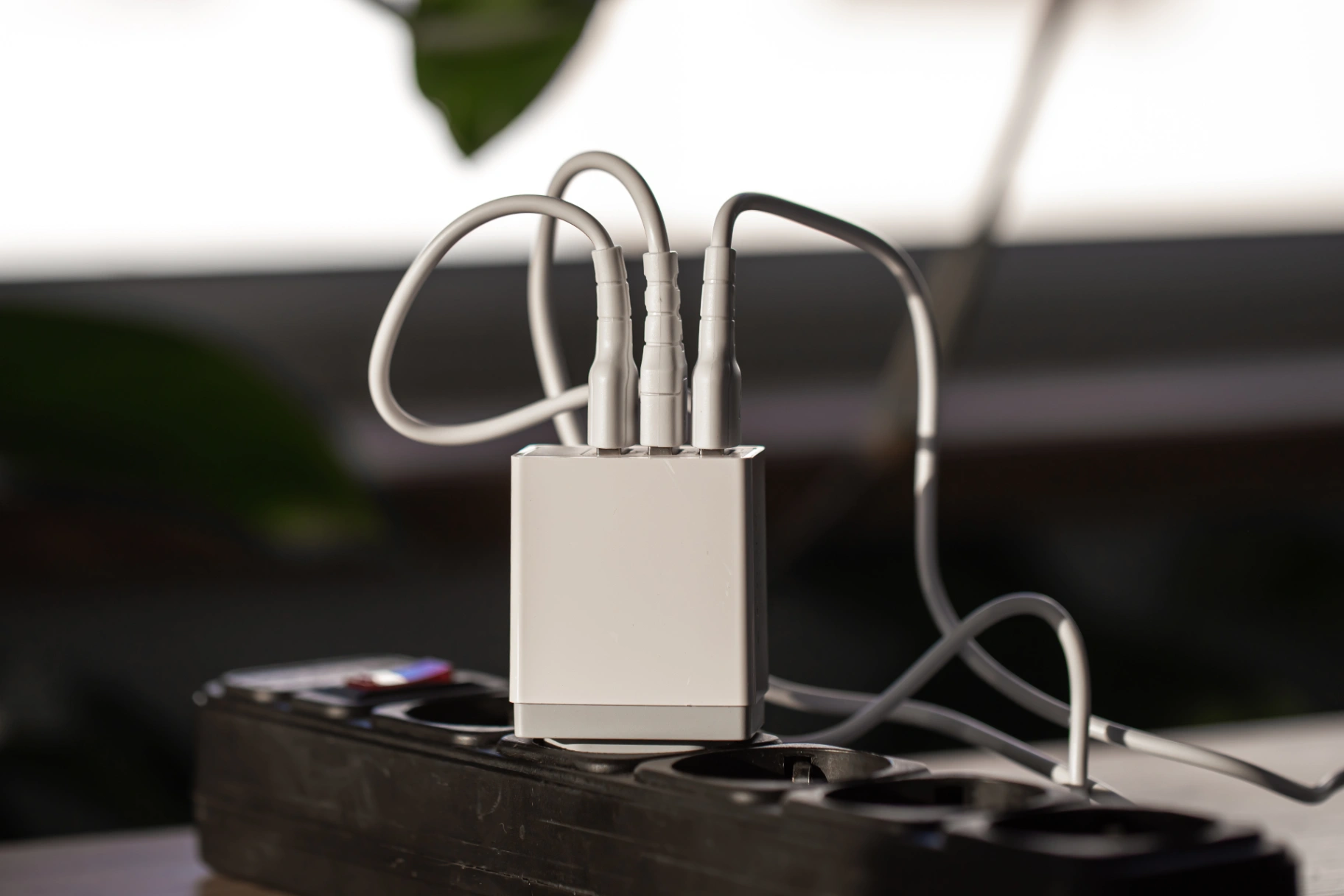Connecting Ooma to Home Wiring: A Comprehensive Guide
Setting up Ooma Connect for your home wiring can significantly enhance your home phone service by integrating modern technology.
Created by: Daniel Ogunsemowo /
Vetted by:
Otse Amorighoye

Setting up Ooma Connect for your home wiring can significantly enhance your home phone service by integrating modern technology. This guide will walk you through the process step-by-step, ensuring you get the most out of your Ooma Connect device. We will cover everything from the basics of Ooma Connect to the intricate details of home wiring. Ooma Connect is a wireless home phone solution that provides high-quality voice over IP (VoIP) service. It allows you to use your existing home phone wiring to connect multiple phones throughout your house. Ooma Connect uses LTE or 4G for internet connectivity, making it a versatile option for areas with limited wired internet access. Ooma Connect offers affordable calling plans compared to traditional landline services. You can move Ooma Connect easily, making it suitable for both permanent and temporary setups. Enjoy features like voicemail, caller ID, call blocking, and more. Works with existing home wiring, allowing you to connect multiple phones without additional wiring. For a comprehensive guide on wiring, refer to Installation Process for Voice and Telephone Wiring. Before starting the installation, gather the following tools and materials: Ooma Connect base station Ooma phone adapter Ethernet cable Phone cable Power adapter Screwdriver Wire stripper (if needed) Phone splitter (optional) Ensure you have a stable LTE or 4G connection. Ooma Connect relies on a wireless internet connection to function correctly. For more on optimizing your internet connection, read How to Troubleshoot Wireless Network Connectivity Issues in 10 Steps. Identify the main phone jack where the phone line enters your home. This is usually located near your main telephone distribution point. If you are switching from a traditional landline service, make sure to disconnect the service to avoid interference. Plug the power adapter into the Ooma Connect base station and connect it to a power outlet. Connect the Ethernet cable from the base station to your LTE or 4G modem. If using the Ooma Connect wireless adapter, ensure it is securely connected and within range of your wireless network. Connect one end of the phone cable to the "Phone" port on the Ooma Connect base station. Connect the other end of the phone cable to your home’s main phone jack. For more on phone wiring, see Installation Process for Voice and Telephone Wiring. Ensure all phone jacks in your home are properly connected to the main phone line. This allows the Ooma Connect signal to be distributed throughout your home. For a step-by-step guide, check Connecting VoIP to Home Phone Wiring: A Step-by-Step Guide. Simply plug your home phones into the existing phone jacks. If needed, use a phone splitter to connect multiple phones to a single jack. Pick up each phone connected to your home wiring and check for a dial tone. Make a test call to ensure the connection is clear and functioning properly. Check all connections to ensure they are secure. Verify that the Ooma Connect base station is powered on and connected to the internet. Ensure your traditional phone service is disconnected. Check the signal strength of your LTE or 4G connection. Move the Ooma Connect base station closer to a window or higher location for better reception. Restart the base station and modem. Place the Ooma Connect base station in a central location to ensure even distribution of the signal. Keep the base station away from other electronic devices that may cause interference. Regularly check for firmware updates to keep your Ooma Connect device running smoothly. A: Yes, Ooma Connect can be integrated with most home security systems that use a phone line connection. Check with your security provider for compatibility. A: No, Ooma Connect is designed for easy DIY installation. Follow the steps in this guide for a smooth setup process. A: You should hear a dial tone on all connected phones and be able to make and receive calls without issues. For more on verifying installations, see Network Testing and Certification. A: Yes, Ooma offers number porting services. Contact Ooma customer support for assistance with transferring your existing number. Setting up Ooma Connect with your home wiring is a straightforward process that brings modern VoIP capabilities to your traditional phone system. By following this comprehensive guide, you can enjoy the benefits of a cost-effective, feature-rich, and reliable home phone service. Whether you are new to VoIP or looking to upgrade your current setup, Ooma Connect provides a seamless solution to meet your needs. For more information, visit the Ooma website or contact us at Amorserv for professional assistance. For more insights on related topics, visit Benefits of Proper Data Network Cabling and Understanding Structured Cabling.Setting Up Ooma Connect for Your Home Wiring
Introduction to Ooma Connect
Benefits of Using Ooma Connect
Cost-Effective
Portability
Enhanced Features
Easy Integration
Tools and Materials Needed
Preparing for Installation
Check Your Internet Connection
Locate Your Home's Main Phone Jack
Disconnect Traditional Phone Service
Setting Up Ooma Connect
Step 1: Connect the Base Station
Power Connection
Internet Connection
Step 2: Set Up the Phone Adapter
Phone Cable Connection
Home Wiring Connection
Integrating Ooma Connect with Home Wiring
Step 1: Verify Phone Line Connection
Step 2: Connect Additional Phones
Using Existing Jacks
Using a Phone Splitter
Step 3: Test Your Phones
Troubleshooting Common Issues
No Dial Tone
Poor Call Quality
Tips for Optimal Performance
Frequently Asked Questions (FAQs)
Q: Can I use Ooma Connect with my existing home security system?
Q: Do I need a professional to install Ooma Connect?
Q: How do I know if Ooma Connect is working correctly?
Q: Can I keep my existing phone number with Ooma Connect?
Conclusion